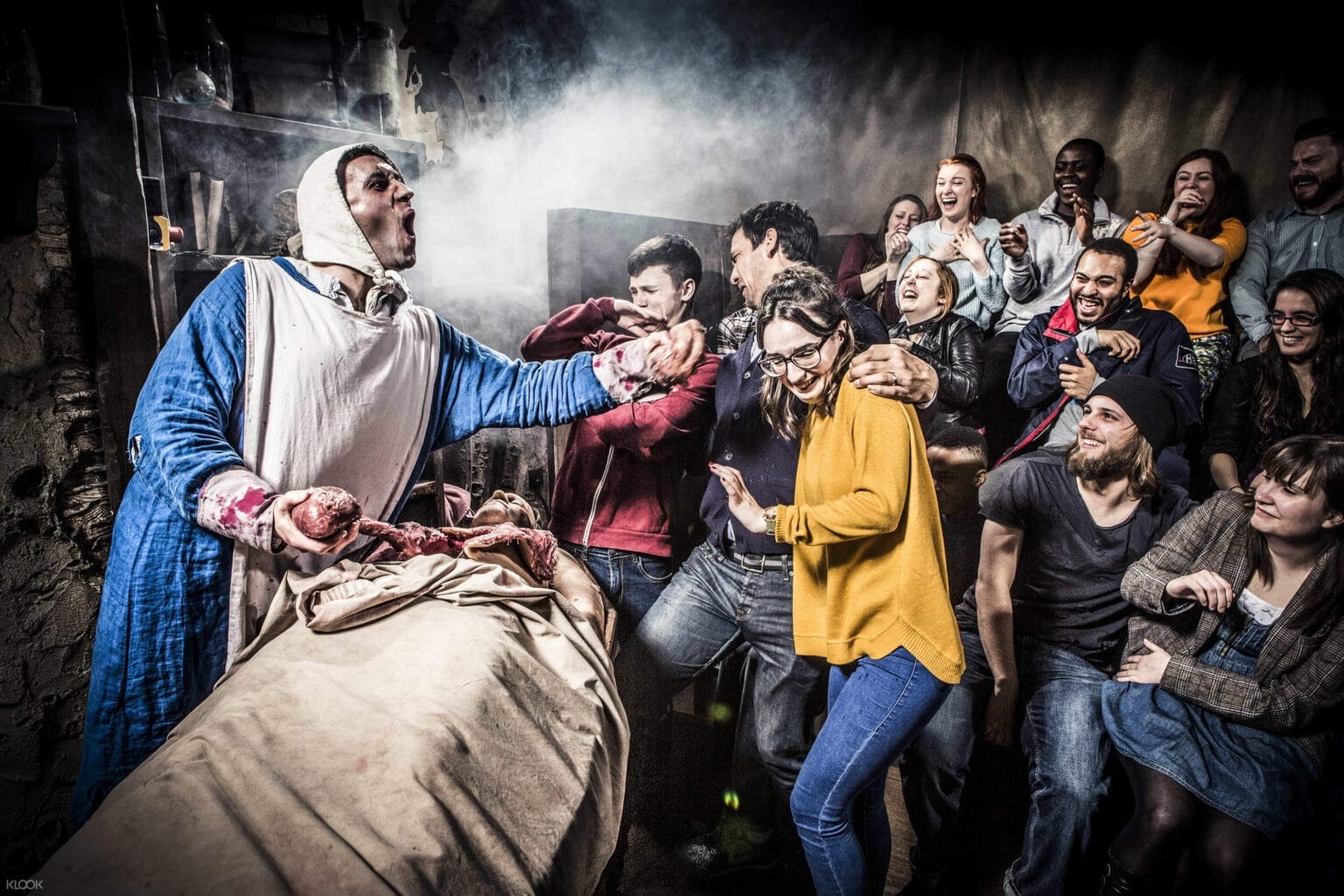
Truth About Dungeons – The London Dungeons
When people first hear the word dungeon, they immediately imagine dank, dark and deep vaults below a castle, where prisoners were held and tortured mercilessly if they were unlucky enough. However, this image isn’t entirely accurate. Strangely enough, the castle dungeon grew from a jail within the castle’s tallest and most secure tower. Dungeons didn’t necessarily have to be based underground.
The majority of castles built during the medieval Era lacked actual dungeons. Keeping someone imprisoned in a confined space wasn’t a particularly typical punishment at the time. Instead, one would frequently abduct the children of the would-be prisoner and hold them captive at his home or castle. The children, on the other hand, would be allowed to roam the castle but would be unable to actaully leave it.
Taking political captives became a far more prevalent practise in later Medieval periods. Initially, these jails were located in towers because they were thought to be the strongest parts of the castle and the best-defended regions if a prisoner attempted to flee. These new jails were eventually given the name ‘castle dungeons,’ which was an English version of the old French phrase ‘don-jon.’ However, keep in mind that in Medieval times, “don-jon” simply meant “safe tower” or “Great Keep.”
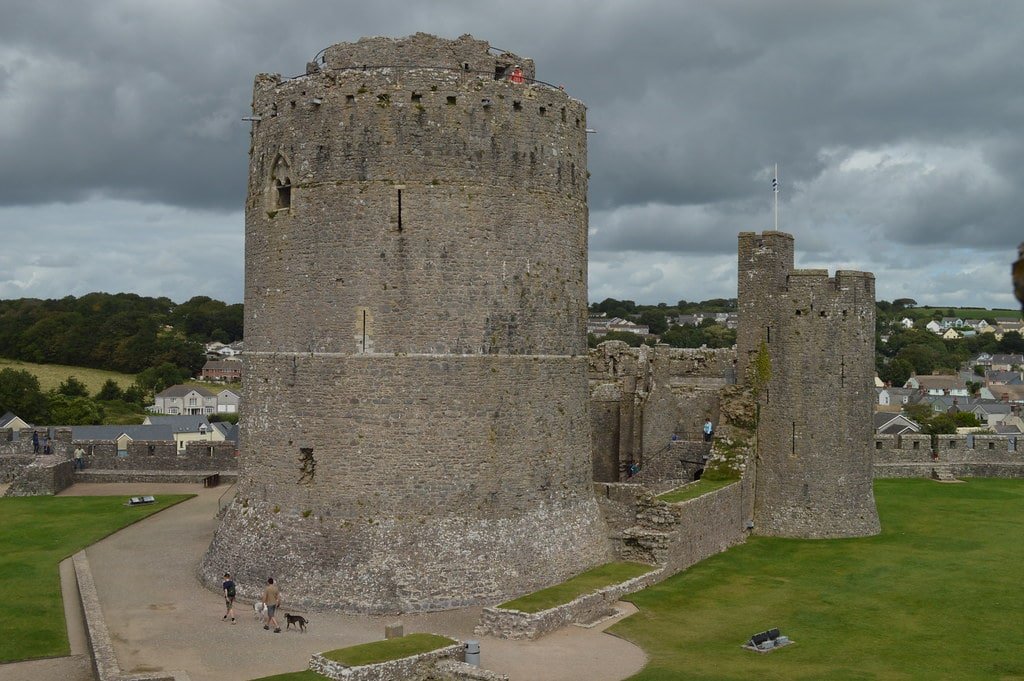
Castles grew grander and more ornate as the Medieval period progressed, constructed mainly for entertaining and as magnificent mansions for aristocrats. These ‘don-jons’ came to be positioned in the least desirable, albeit secure, regions of the castle as castles altered and adapted to the times. People didn’t want their beds or luxury to be in these places. As a result, the cold, damp, and dark storerooms or castle basements were transformed into these new castle dungeons.
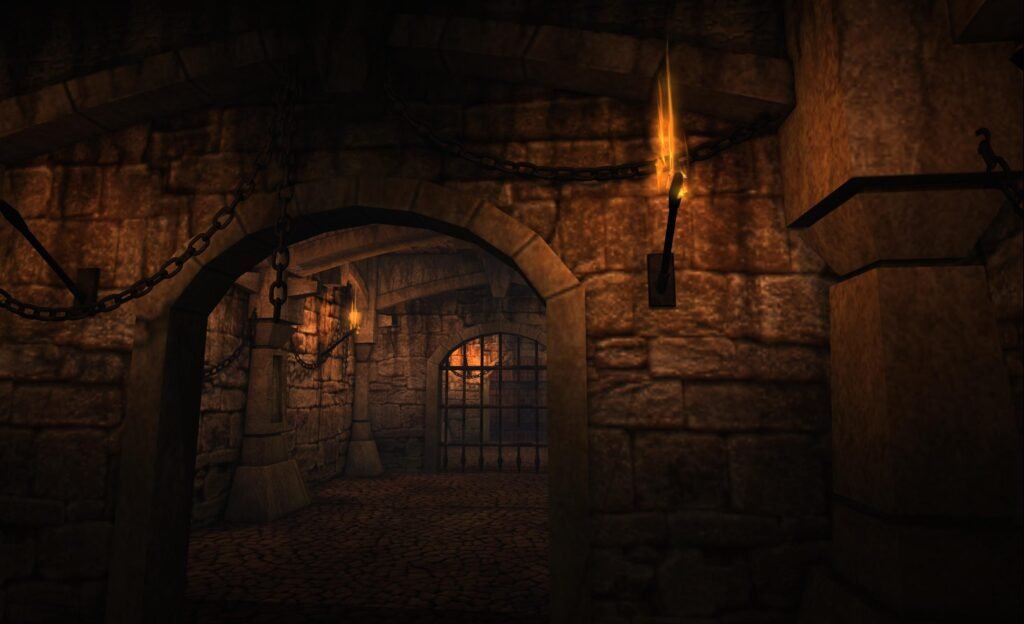
Despite the absolute horror of being locked in the dungeons, according to history it actually wasn’t the worst punishment back then. The Oubliette punishment was amongst the worst. The Oubliette, often known as the “forgotten room,” was a more severe penalty than being imprisoned in a castle dungeon. The oubliette was a narrow, vertical shaft that was typically just big enough for a person to barely stand up in, unable to crouch down, kneel, sit, or even turn around in it. The punishment can I actually be remarkably compared to the ‘chokey’ from Roald Dahl’s Matilda!
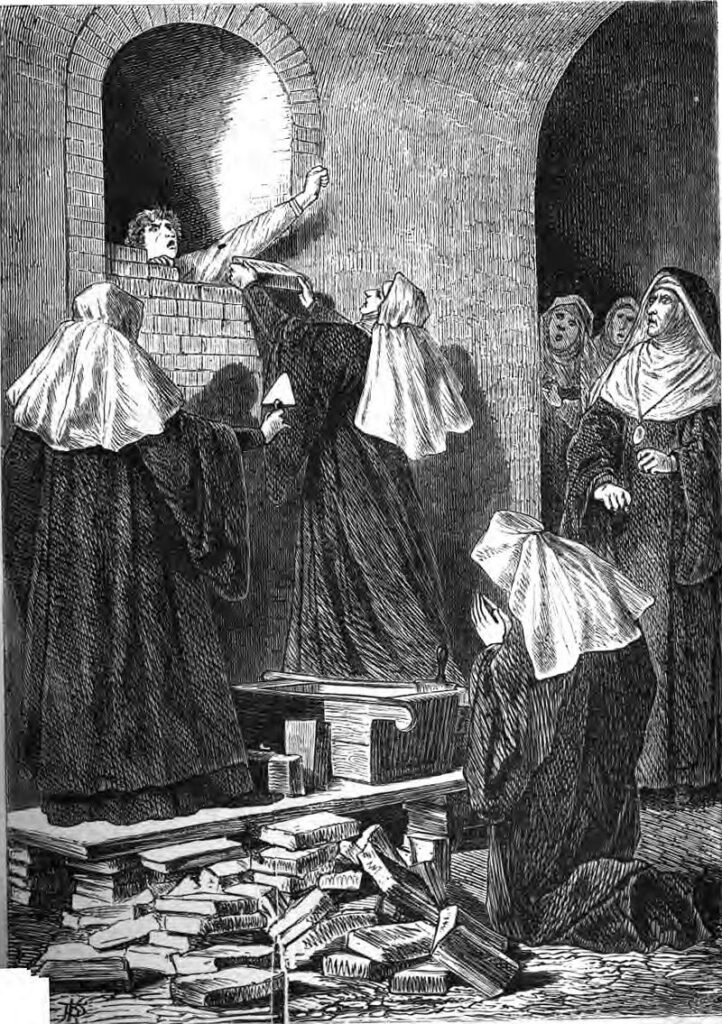
The legendary Pontefract Castle in Yorkshire is England’s most famous prison. It was said to be built on the site of an Anglo-Saxon graveyard. Pontefract Castle had a horrible reputation, so much so that it was famously mentioned in Shakespeare’s play Richard III, which described the bloody jail as fatal and ominous. Pontefract is home to a sprawling dungeon system that has seen its fair share of death and sorrow. The names of the prisoners are still etched into the walls of the tortuous, pitch-black trenches where they were imprisoned. Pontefract Castle was used as a prison in the 1300s, and King Richard II of England was almost certainly assassinated in the castle’s dungeon.

Another famous british torture chamber is Edward The Longshanks’s hellhole as dungeon would simply be a huge underestimation of what it truly was. Chillingham Castle, in Northumberland, was a significant bastion during the brutal Border Wars. Chillingham’s dungeon and torture chambers were well-known. Boiling pots, eye gougers, spike barrels, and cages full of famished rats ate their way through victims were all there. The walls are still covered in the scratch marks of its victims, who were thrown 6 metres (20 feet) down into the oubliette to await their executions. In this hellhole, there have even been reports of captives eating the flesh of the dead. Chillingham Castle is one of England’s most haunted locations, owing to its heinous past. Many people claim to have seen the spirit of John Sage, Edward the Longshanks’ torturer until Edward ran out of money and executed Sage. Others claim to have heard the blue boy’s screams as he was walled up and left to die. His fingers are said to be worn away from trying to scratch his way out.
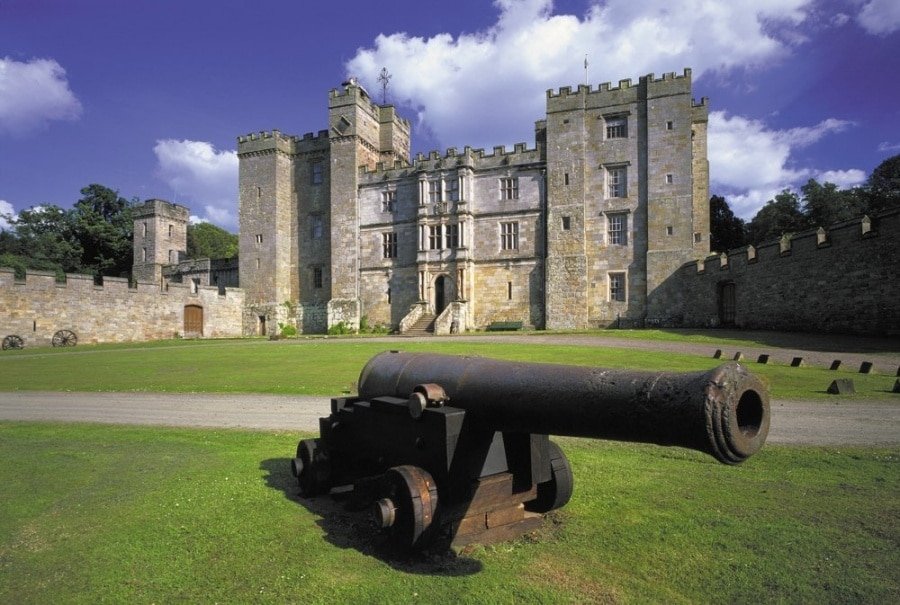
After uncovering such rattling truths about real existing dungeons, do you dare to experience the horrors?
If you’re brave enough, book your tickets now.

